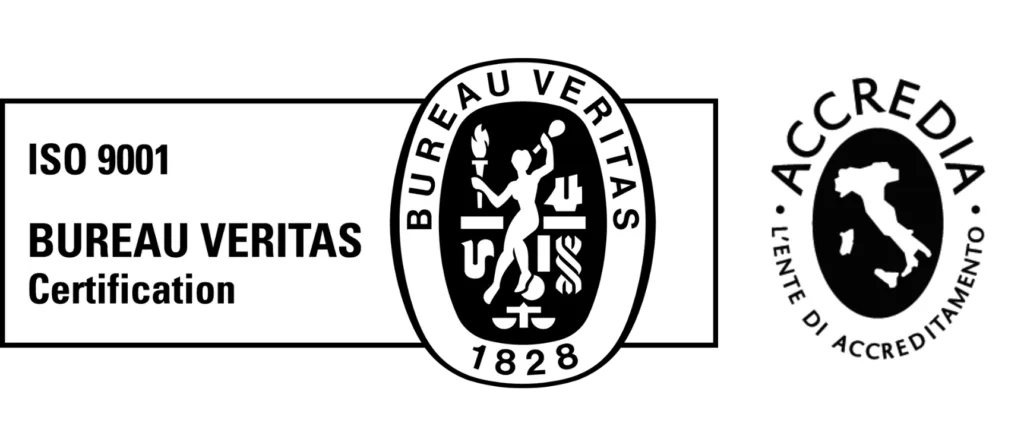How to Reduce Waste Management Costs with AI? What if waste management could generate value instead of just costs?
Managing waste is no longer just about collecting and disposing of it. With intelligent monitoring based on Artificial Intelligence (AI), waste flows can be transformed from operational costs into strategic opportunities that improve efficiency, sustainability, and value creation.
With NANDO, we help organizations turn industrial, urban, and service waste into actionable data, enabling smarter decisions and tangible savings.
From Waste to Value: Unlocking the Potential of Every Material
Every year, millions of tons of materials—such as plastics, metals, textiles, organic waste, and more—end up in landfills or are incinerated. This not only generates unnecessary costs but also has a significant environmental impact, including greenhouse gas emissions and the loss of valuable raw materials.
How to Reduce Waste Management Costs with AI? Through AI monitoring and data analysis, materials can be efficiently recovered, reused, and recycled. Waste previously considered unusable can become a resource, reintegrated into production cycles or valorized through local circular economy initiatives.
This approach reflects the principles of the circular economy: instead of following a linear path (production → use → disposal), resources are continuously recovered, reducing environmental impact and creating tangible economic benefits.
Why Intelligent Waste Monitoring is Crucial
Without accurate, real-time data, managing waste often relies on guesswork. Misclassification, contamination, and logistical inefficiencies increase costs and limit recycling and reuse. AI-based monitoring allows organizations to:
-
Track the type and quantity of waste in real time;
-
Analyze material quality and identify recoverable resources;
-
Detect contamination early to prevent additional costs;
-
Generate data that ensures regulatory compliance
With this vis
ibility into real data and flows, organizations can optimize routes and logistics, reducing operational costs by up to 35% while maximizing material recovery.
Turning Data into Action
The true value of this type of monitoring emerges when data drives operational strategies. Companies can:
-
Optimize logistics by reducing unnecessary collections;
-
Separate materials more efficiently for recycling and reuse;
-
Prevent resource waste through constant flow monitoring;
-
Obtain certified reports for ESG and sustainability KPIs.
In this way, waste management becomes a source of competitive advantage, cutting costs, increasing material recovery rates, and supporting circular economy practices.
Smart Waste Management for a Sustainable Future
The future of waste management is intelligent, data-driven, and circular. Monitoring doesn’t just reduce waste—it transforms resources, saves money, and lowers environmental impact.
Through AI monitoring, organizations gain full control over their waste flows, cut operational costs, and turn materials previously considered waste into valuable resources. Industries, urban networks, and service operators can implement more efficient and sustainable processes, integrating circular economy principles into their business strategy.
As seen in many organizations that have adopted intelligent waste monitoring systems, NANDO has delivered significant results. Industrial, urban, and service sector organizations have optimized waste flows, reduced waste, and improved recycling rates.
Specifically, companies implementing NANDO reported operational cost reductions of 27–30%, demonstrating how artificial intelligence and real-time monitoring can transform waste management from a simple operational task into a strategic lever for efficiency, sustainability, and value creation.
🌱 Turn waste into value. Optimize processes. Support a circular future.
Visit our LinkedIn Page to stay updated: linkedin.com/company/re-learn
Or Book a Call to know more: Contact us




